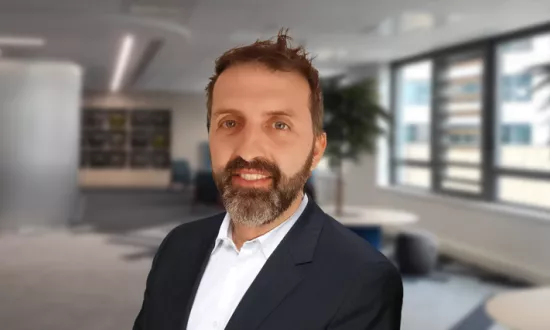Defending against complex threats at sea
We live in a time where we face threats in every environment, and the seas and oceans are no exception. Covering some 70% of the earth’s surface, they continue to be critical to global prosperity and national interests.
Advances in technology over the past few years have led to a dramatic increase in the complexity, speed and coordination of both air and surface threats. As a result, naval forces are today operating in a context where human operators on board are no longer able to respond timely to multiple and simultaneous hypersonic, asymmetric threats, nor select what the most effective strategy is to defend the ship and the task group.
What navies require in these complex environments is the ability to rapidly analyse air and surface threats, in order to counter them in the best and most dynamic way possible. To this end, they have turned to Thales, a trusted partner to over 50 navies around the world.
Among the many naval solutions Thales has developed is its next-generation fire control system AWW (Above Water Warfare), which comprises the seamless integration of S- and X-Band digital front ends into a single sensor, supporting the optimal weapon guidance (which only requires X - band) of the latest effectors such as semi-active and dual mode missiles (e.g. ESSM and Standard Missile).
The AWW system, which is already under contract with the Royal Netherlands Navy, uses new sensors and intelligent software to continuously provide the optimal response to the threat scenario. The system’s high level of automation considerably reduces operator workload, and enables them to focus on making the most crucial decisions, and making them at the right time. Advanced scheduling mechanisms allow multiple, complex threats to be addressed simultaneously. The system determines the optimal assignment of weapons and most efficient use of ammunition in response, and does so both continuously and dynamically, for example, by redirecting missiles in response to the speed and saturation of more immediate and evolving threats.
To better prepare operators to face up to the speed and complexity of the threats, the system includes an extensive, built-in training and simulation environment, which can be used to prepare missions, evolve and develop strategies, and analyse incidents.
The icing on the cake is that the system is not simply a response to the current and upcoming threat climate. Not only is it capable of responding to the threats of today and tomorrow, but there is also a framework in place to anticipate the threats even beyond that, for example, thanks to the cooperation of the German, Dutch, Belgian and Danish Navies on weapon level. Adopting this system means that navies across the world will be able to respond to complex threats for many years to come.


